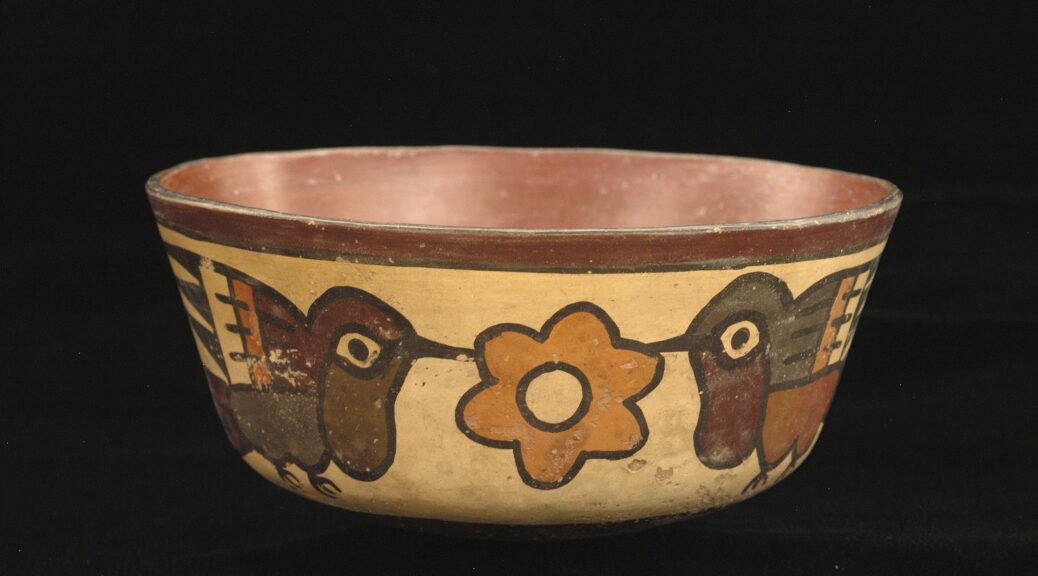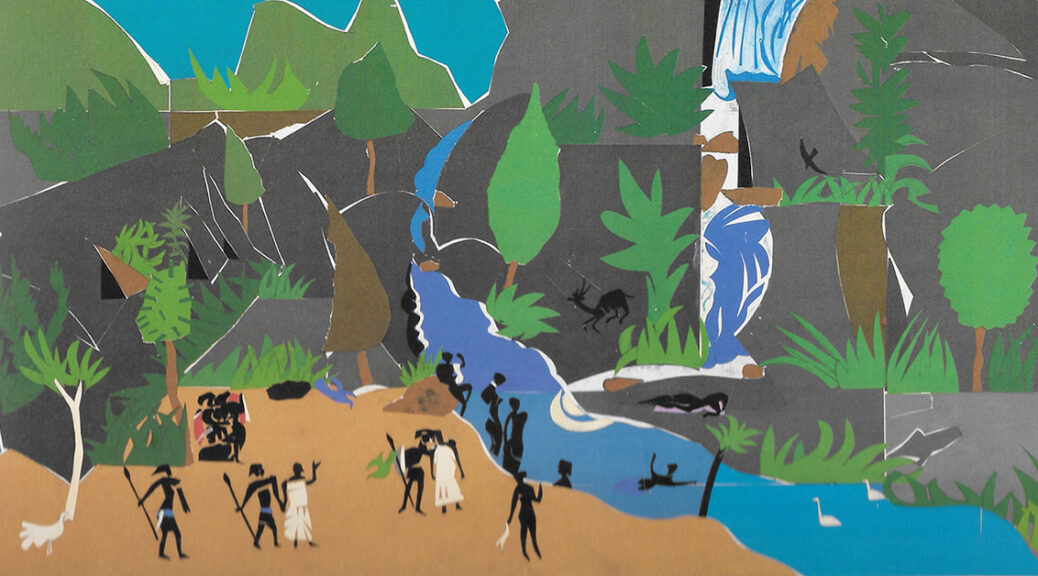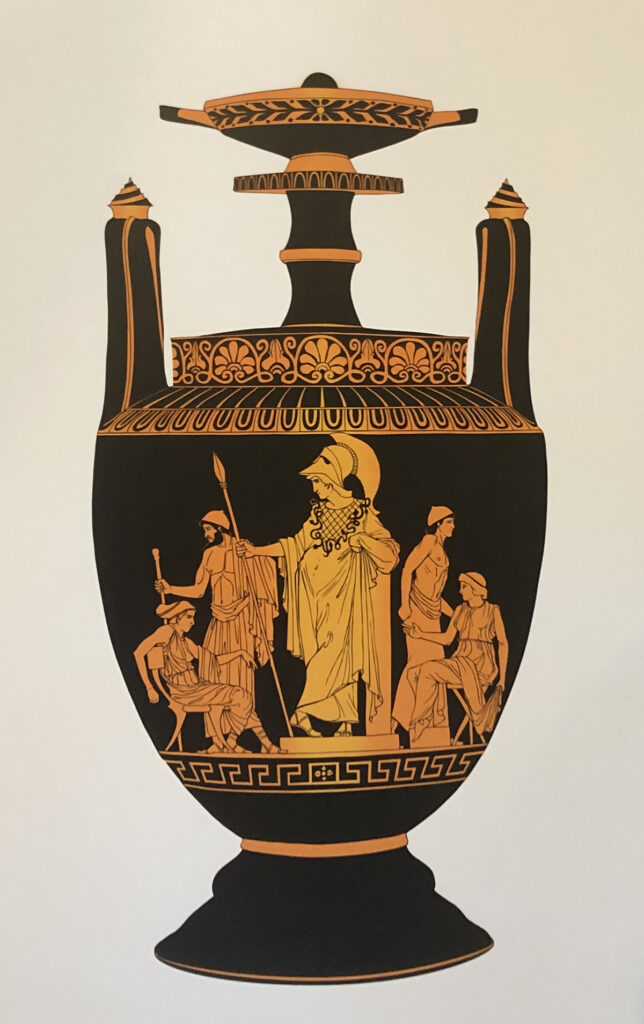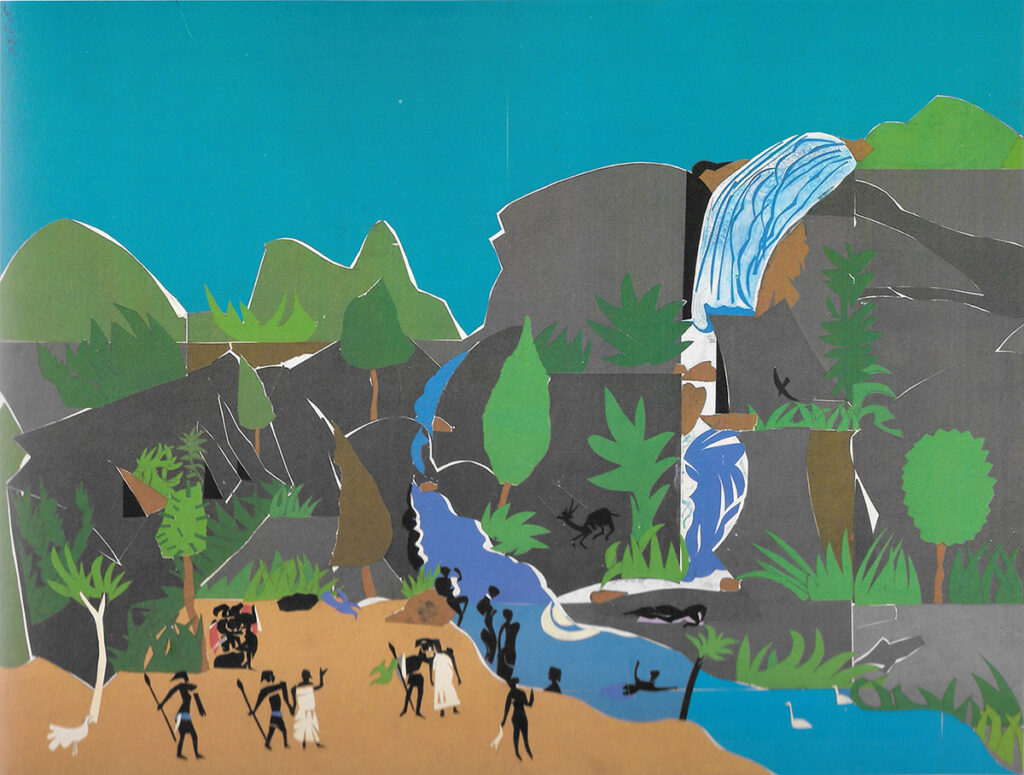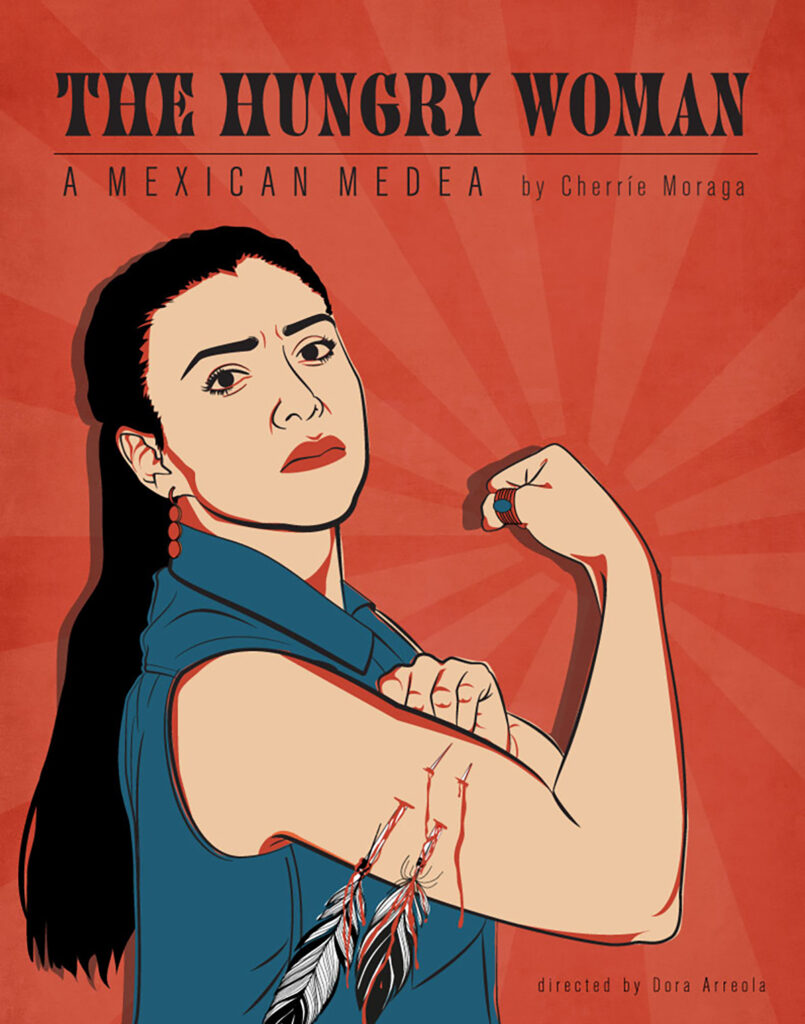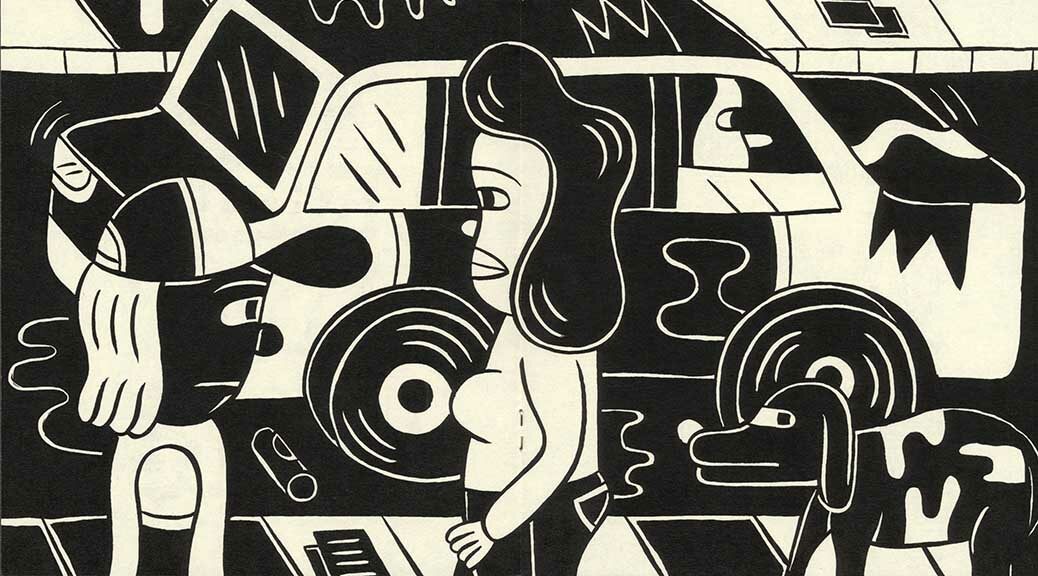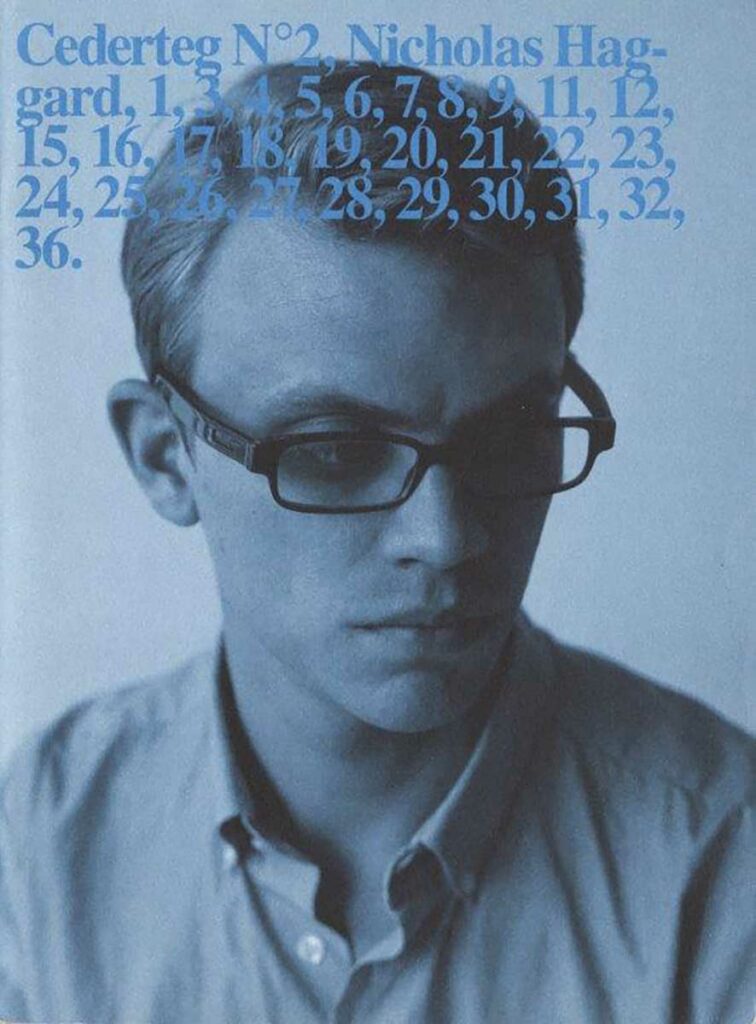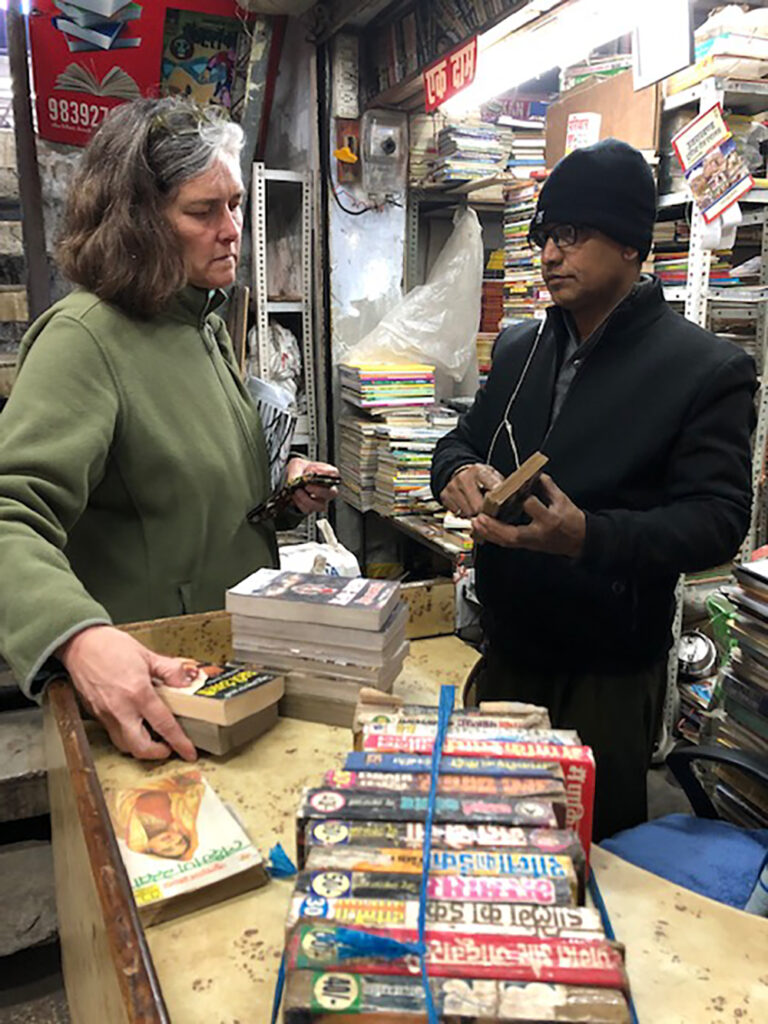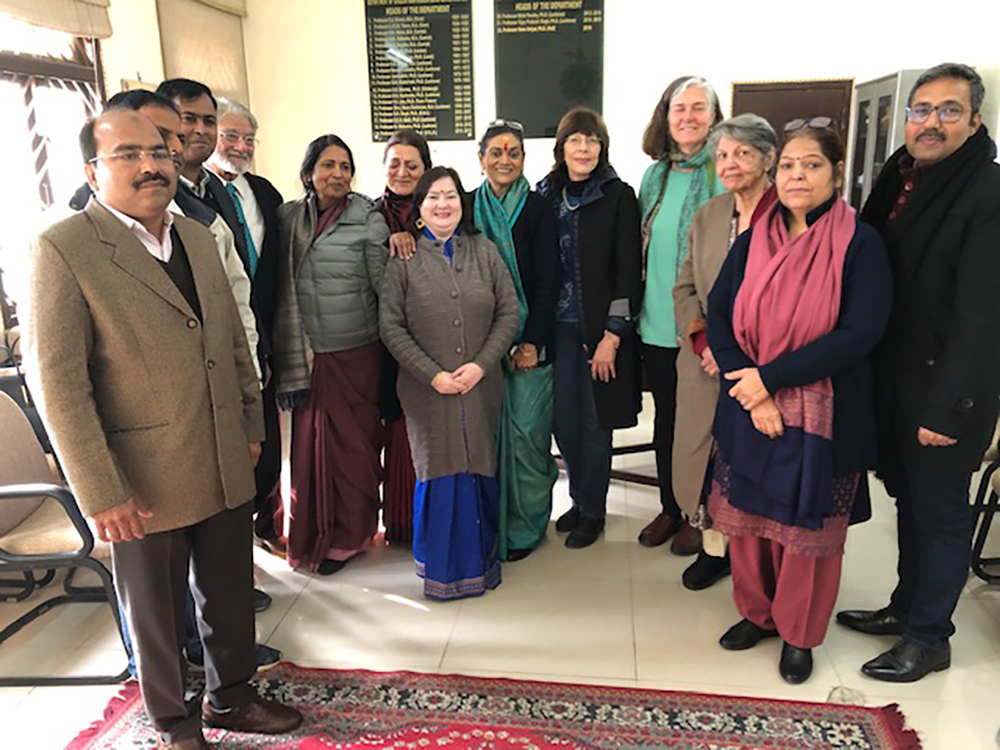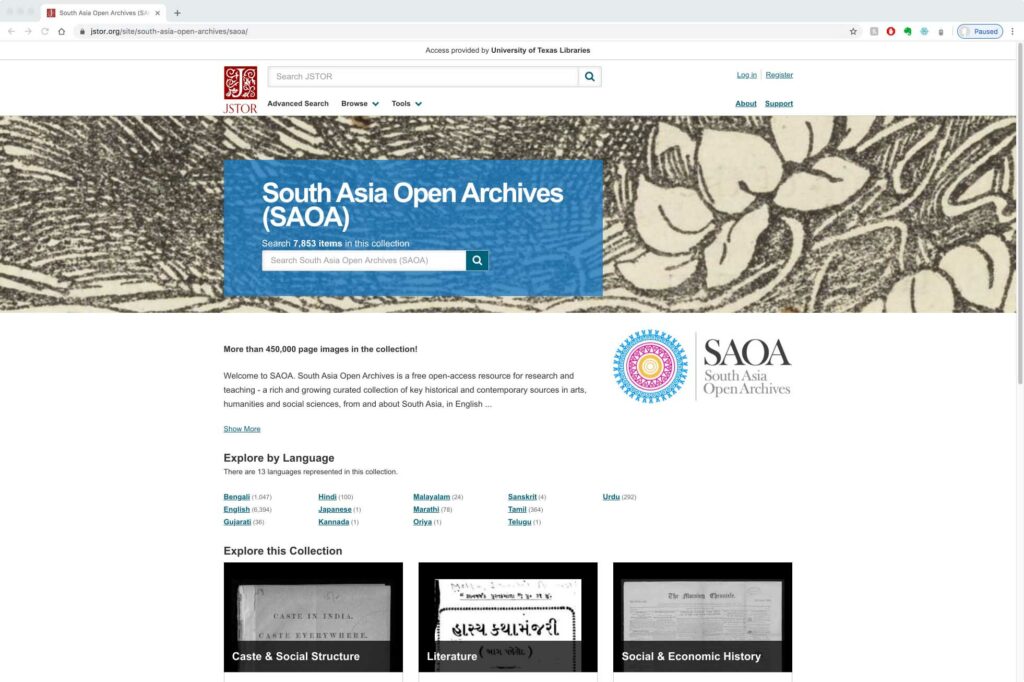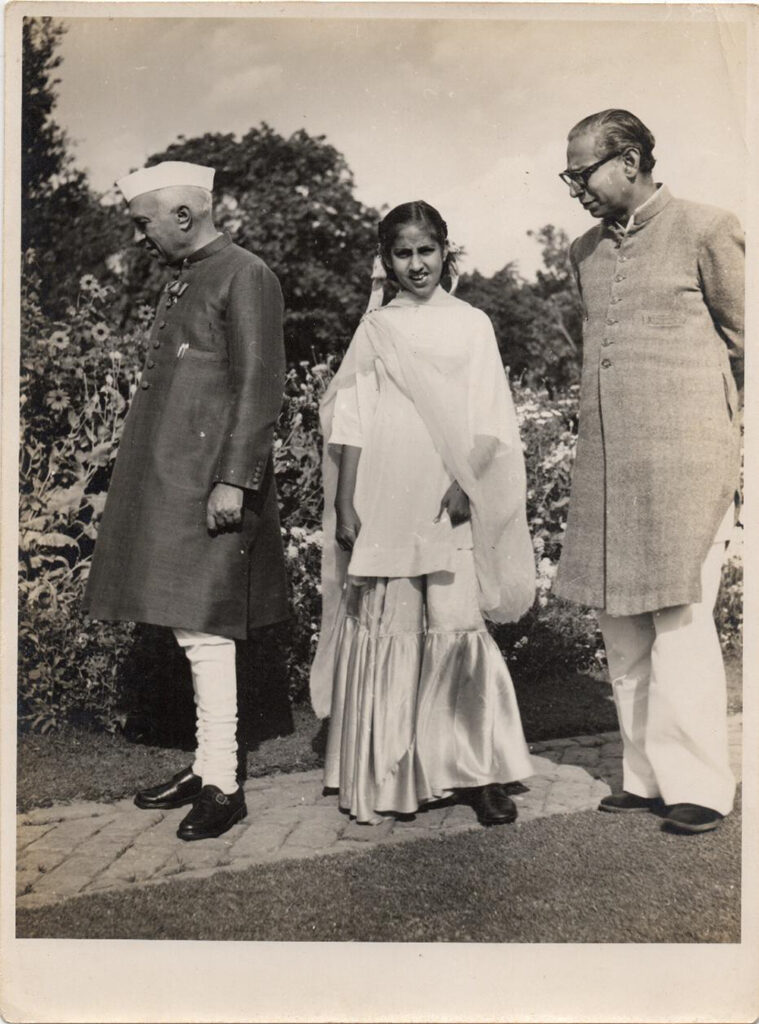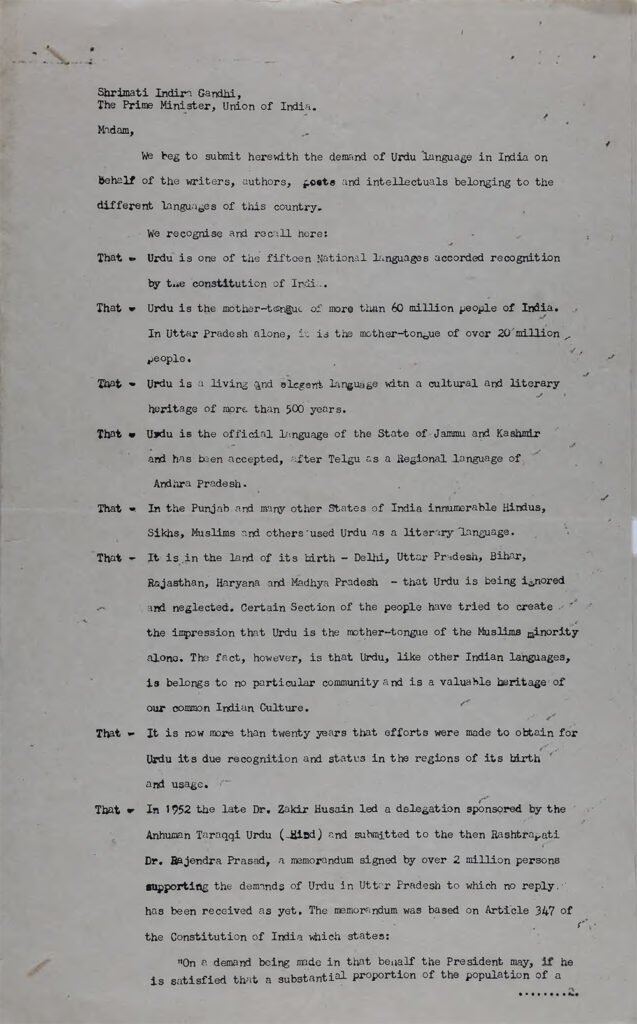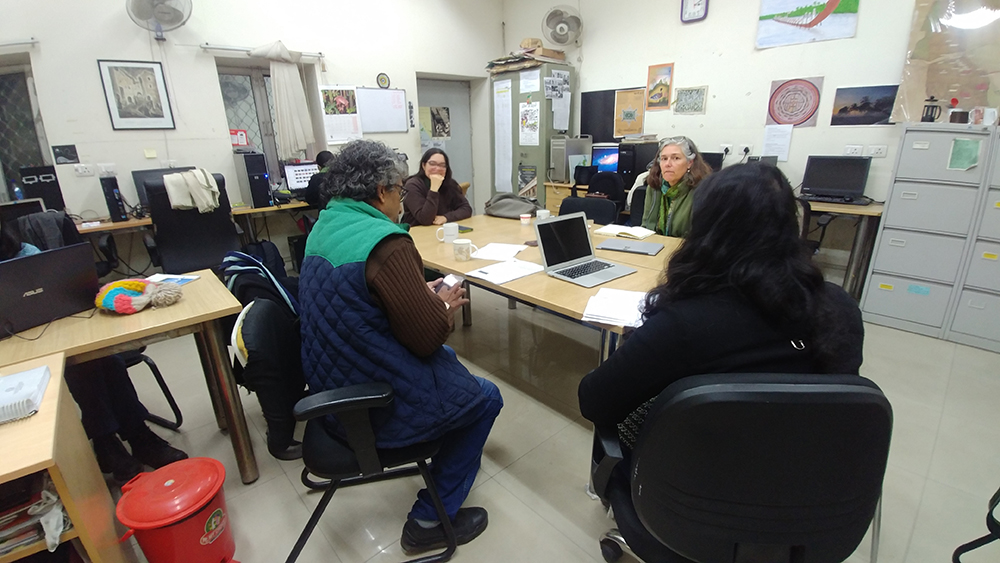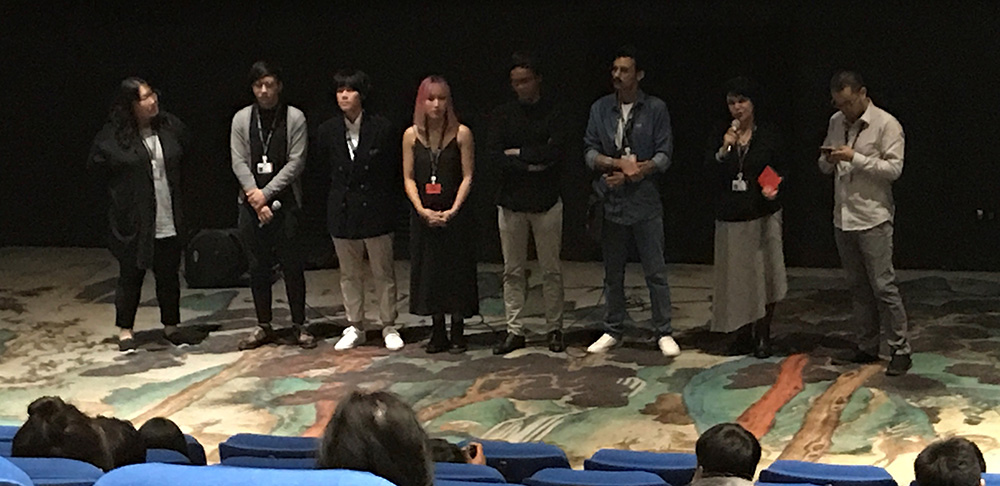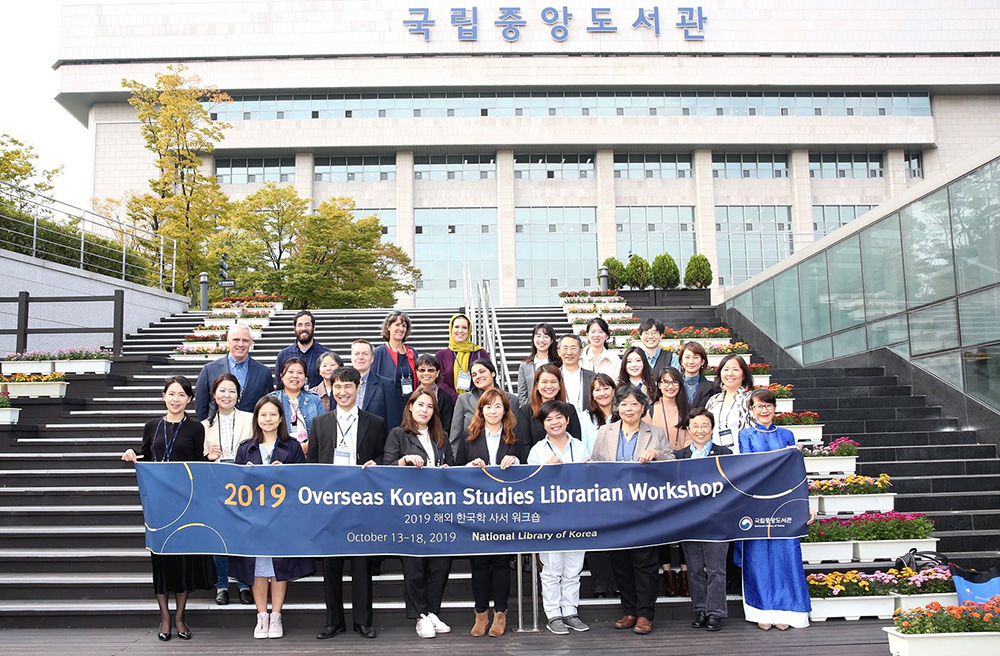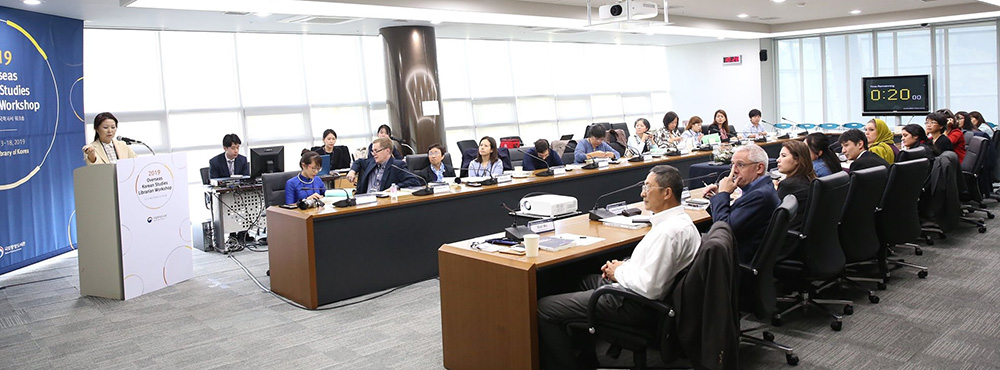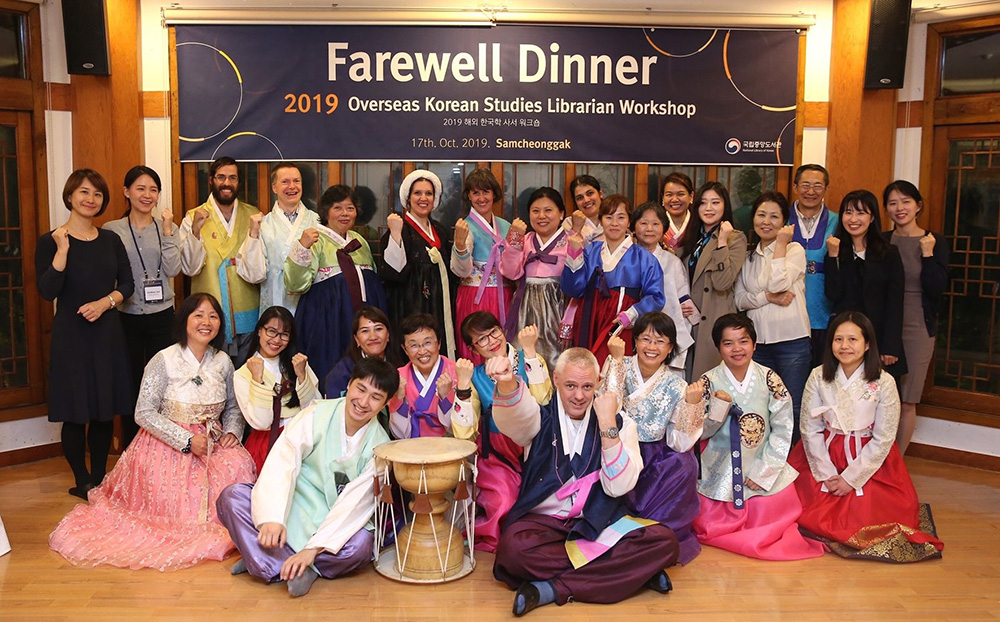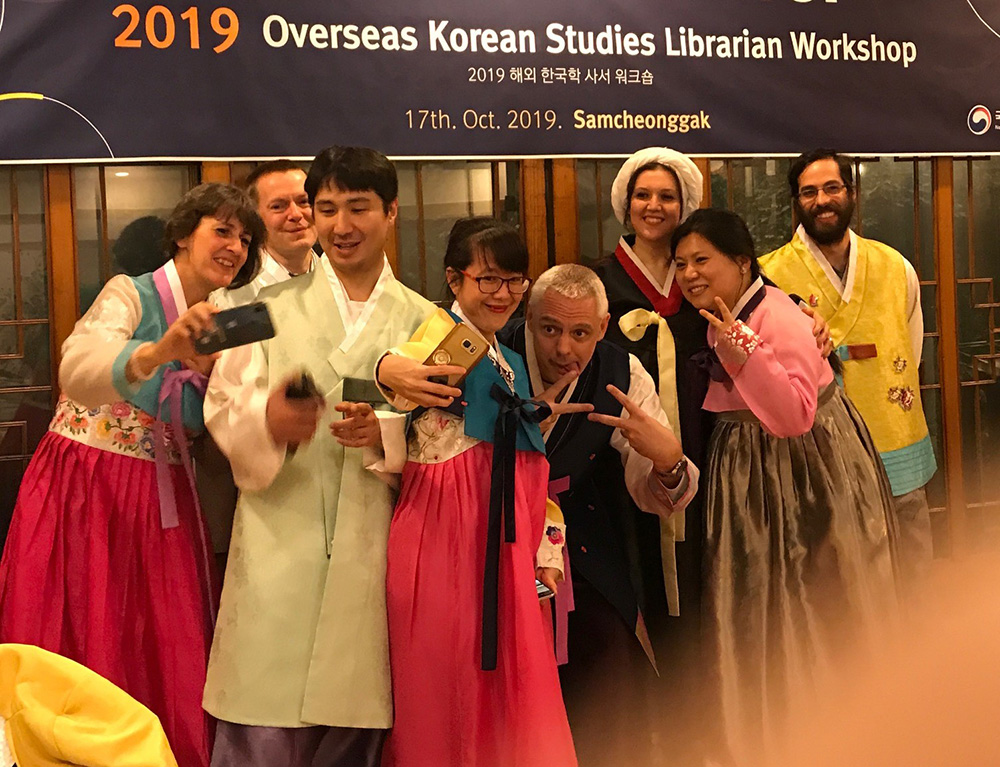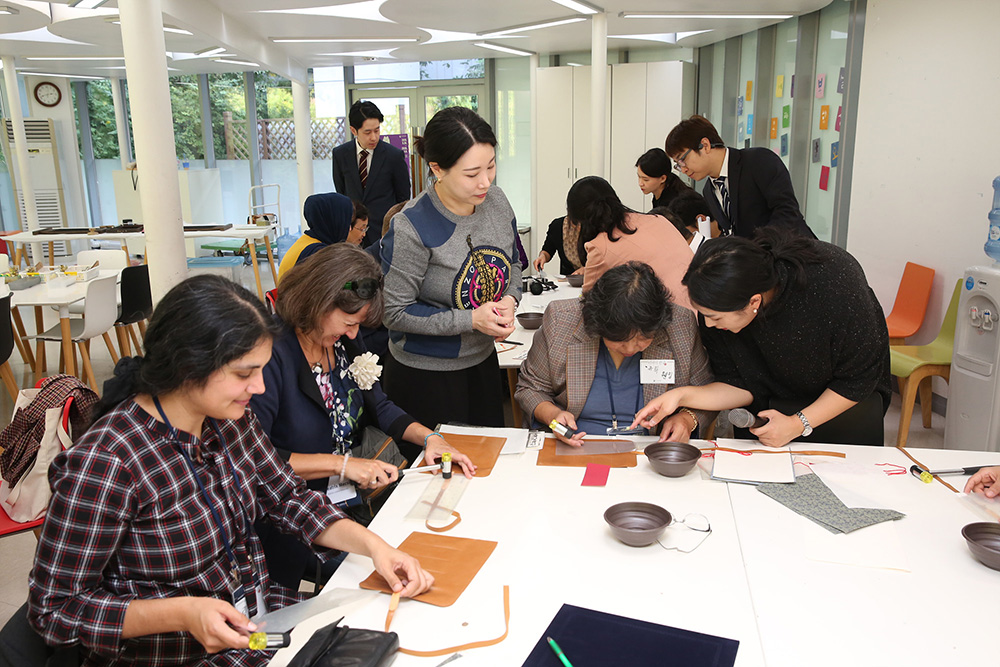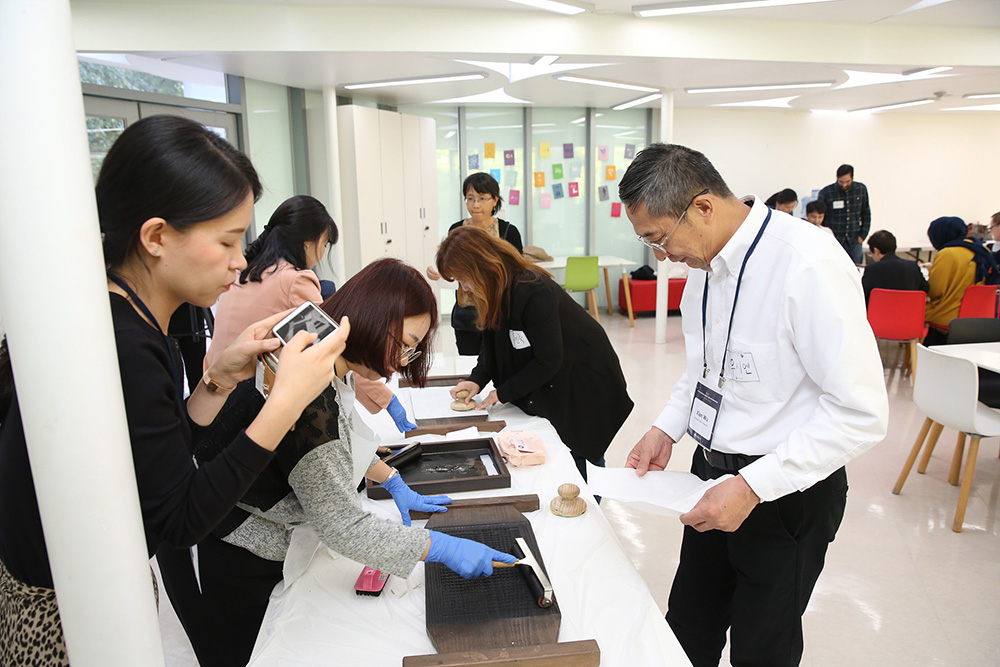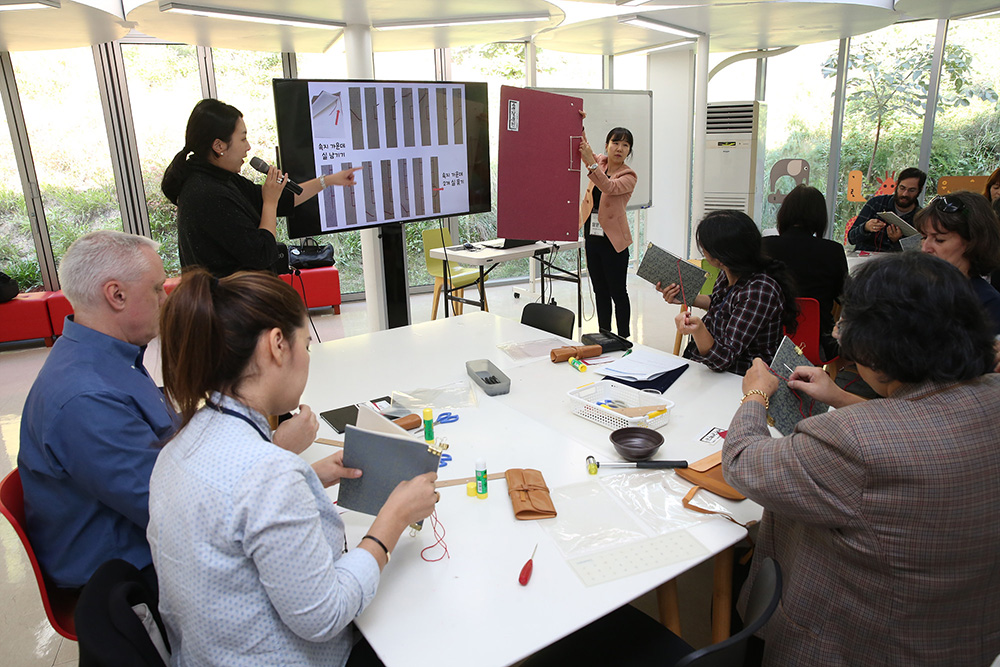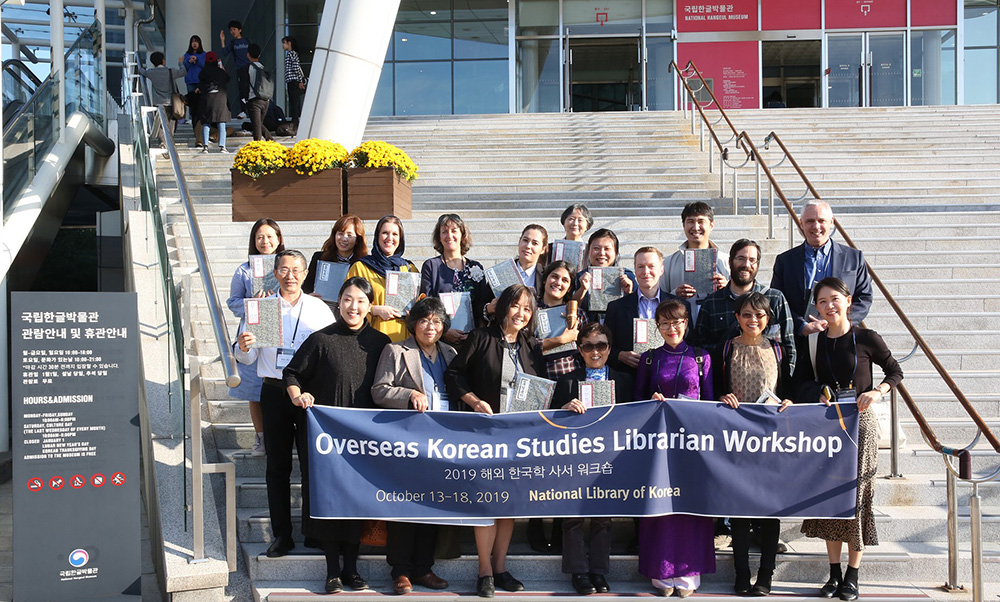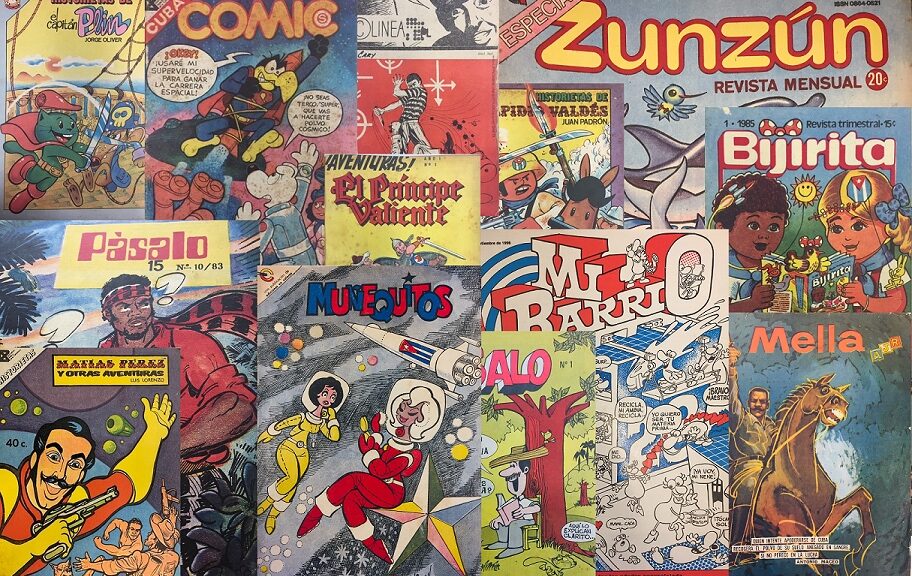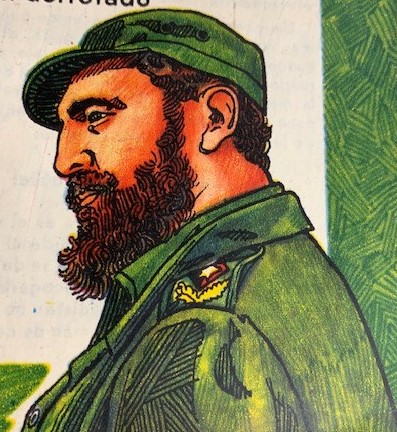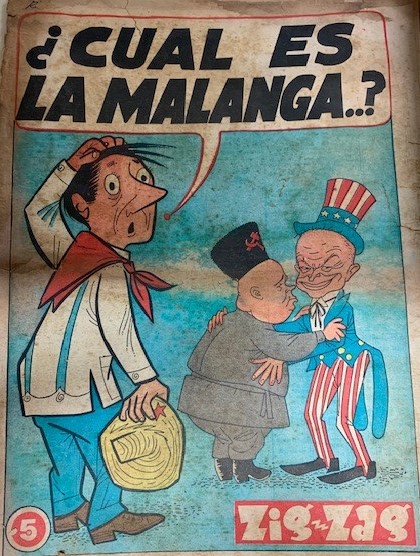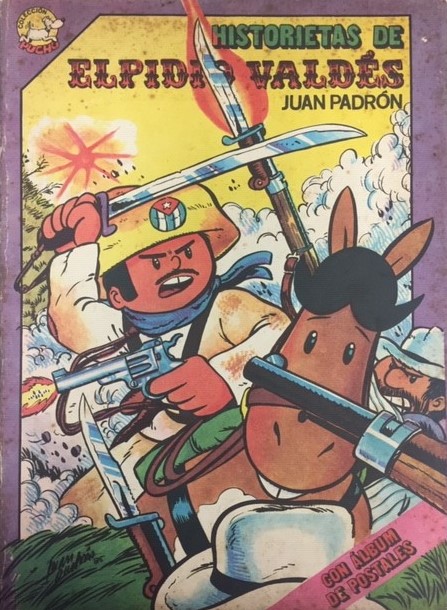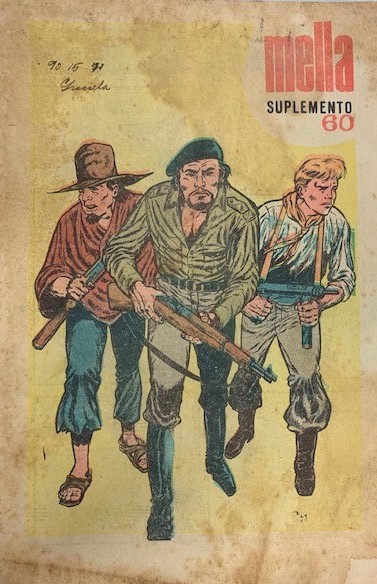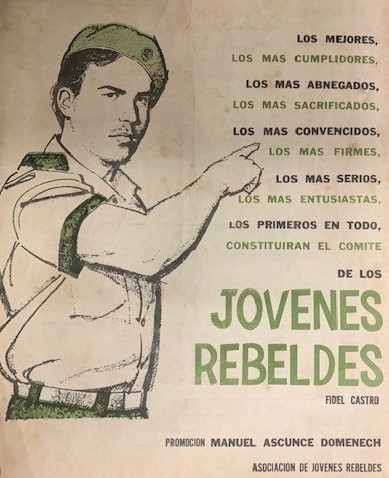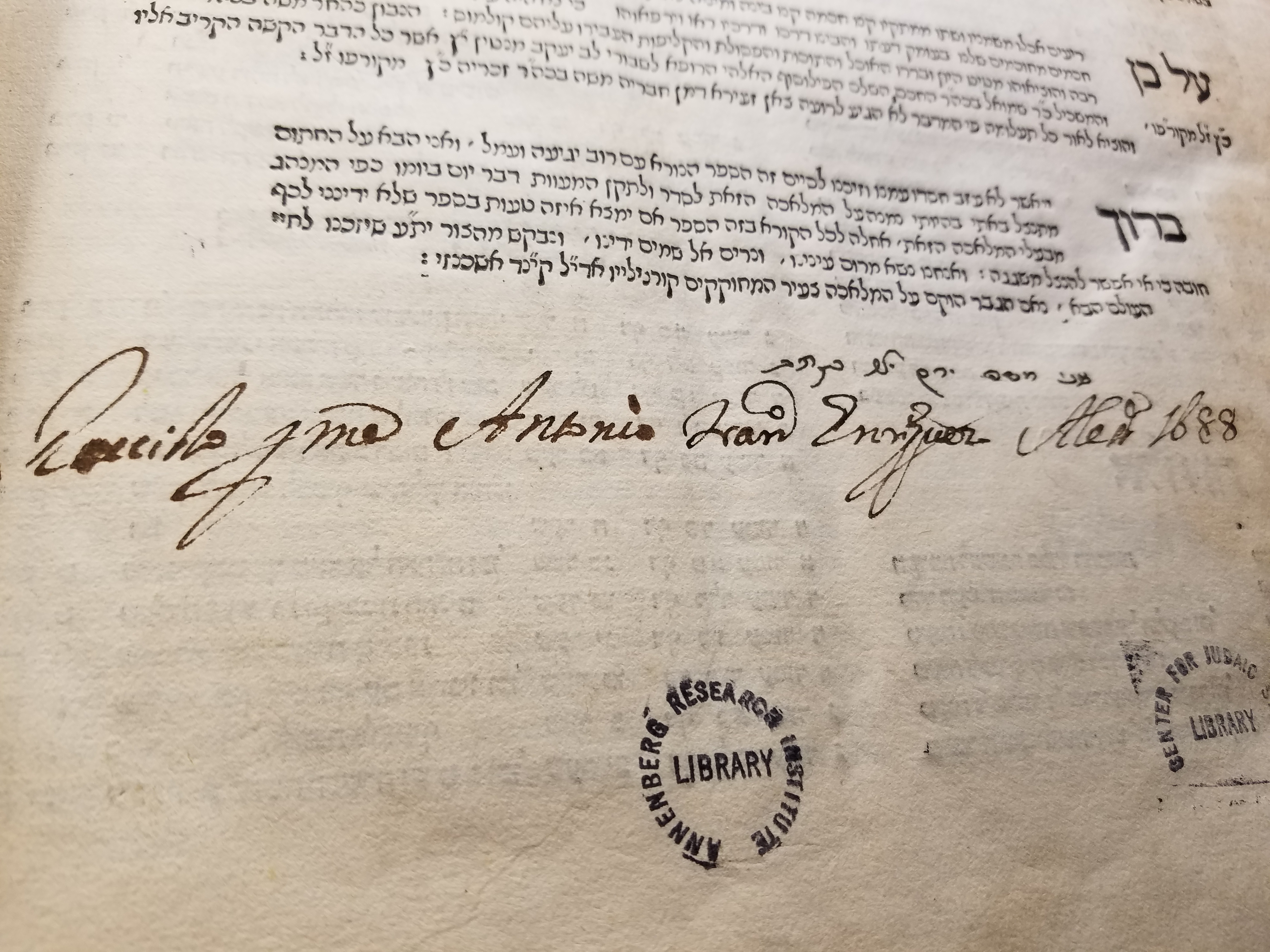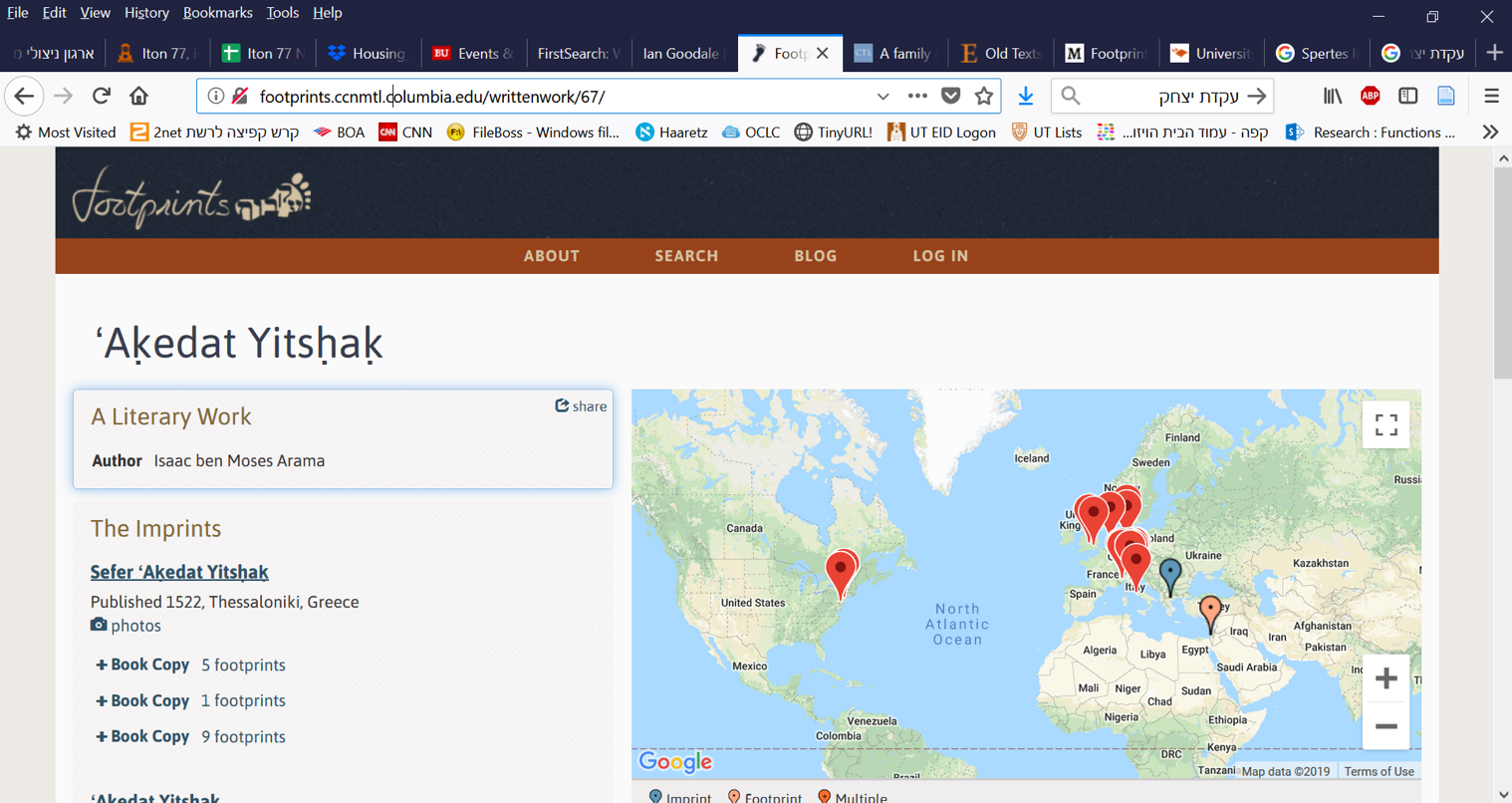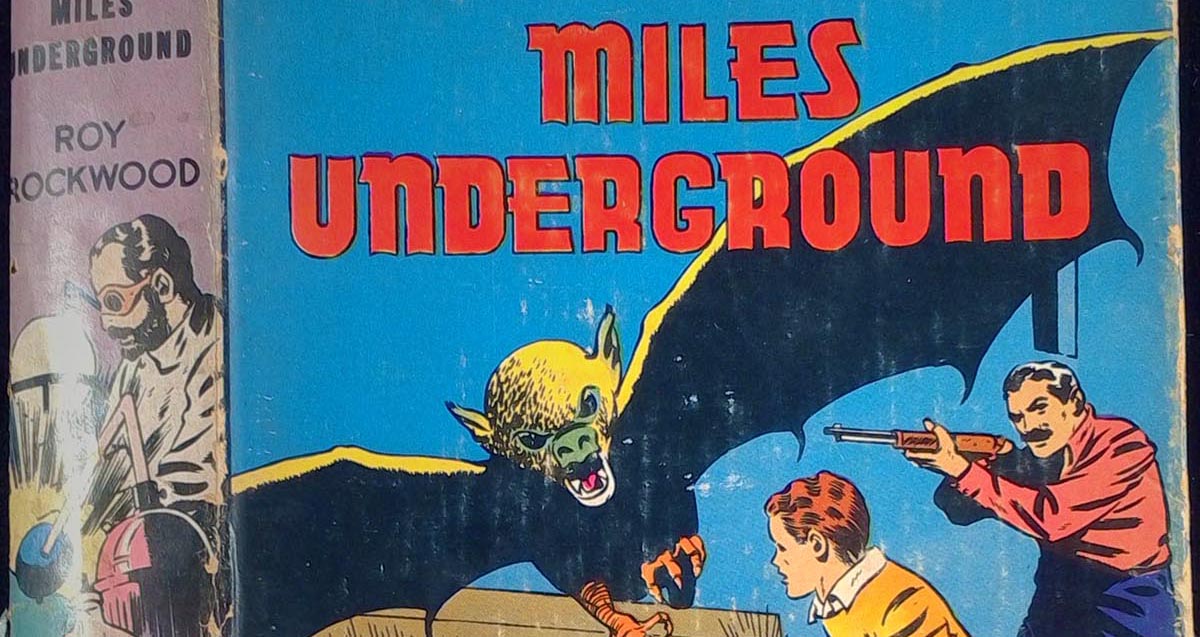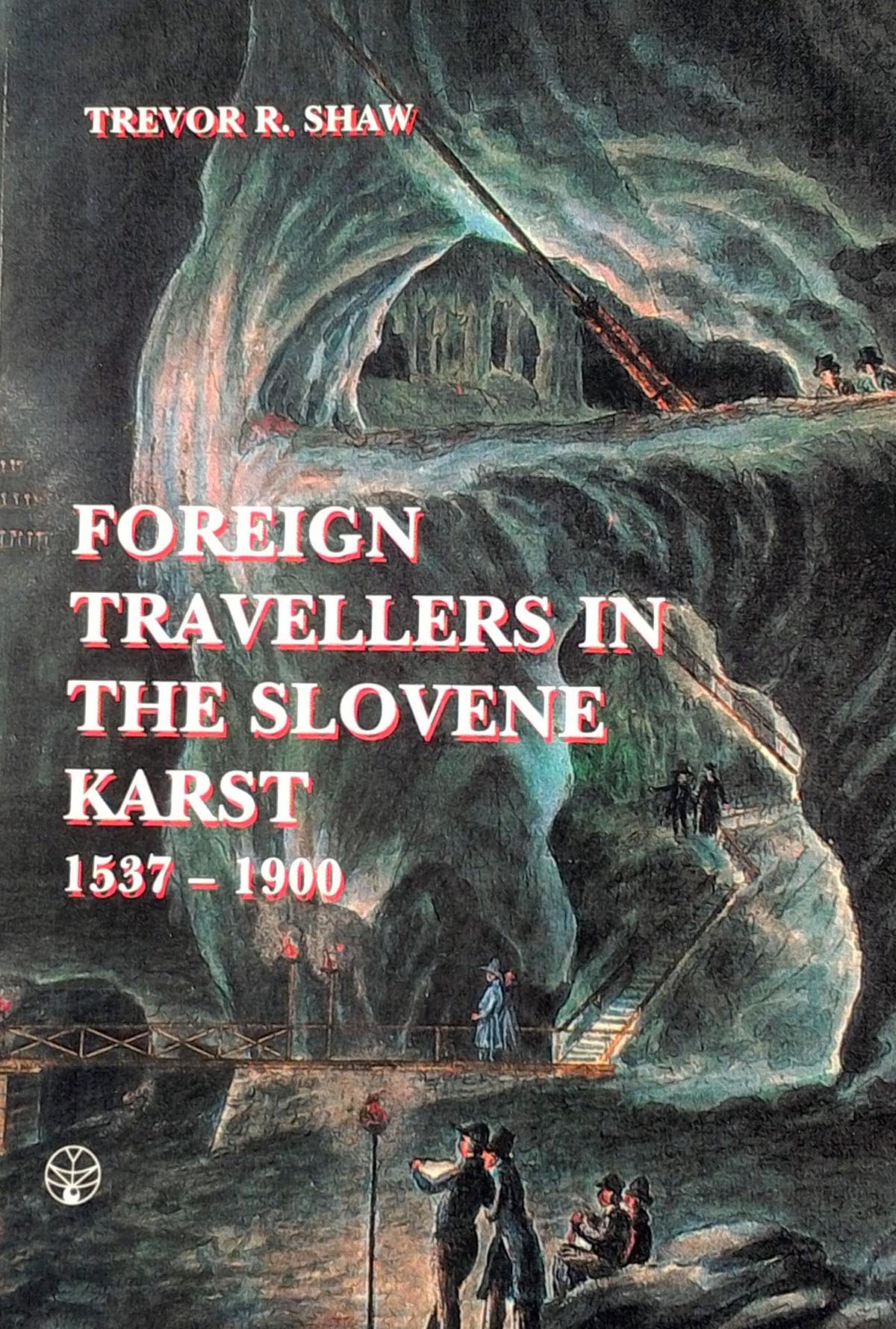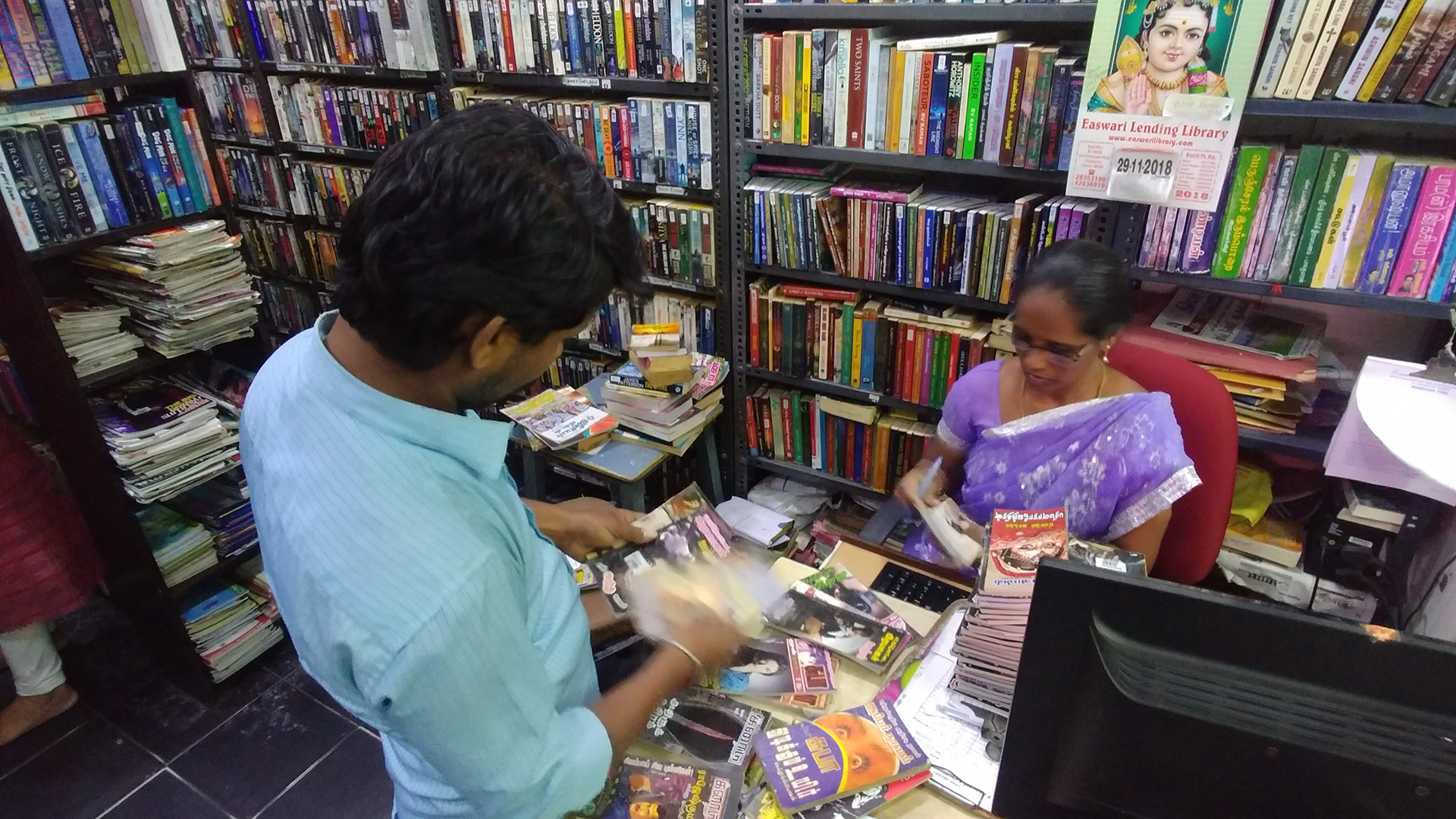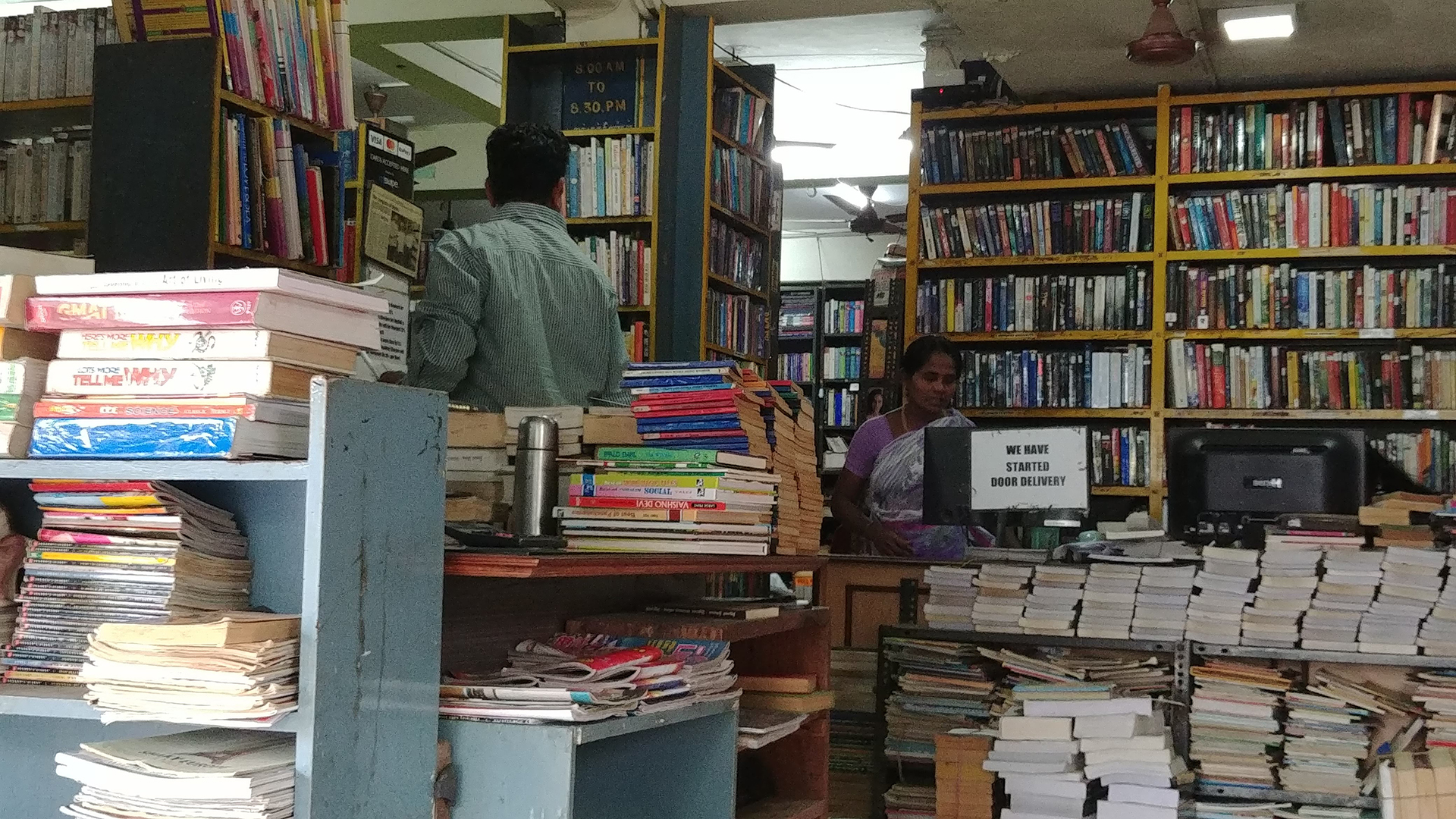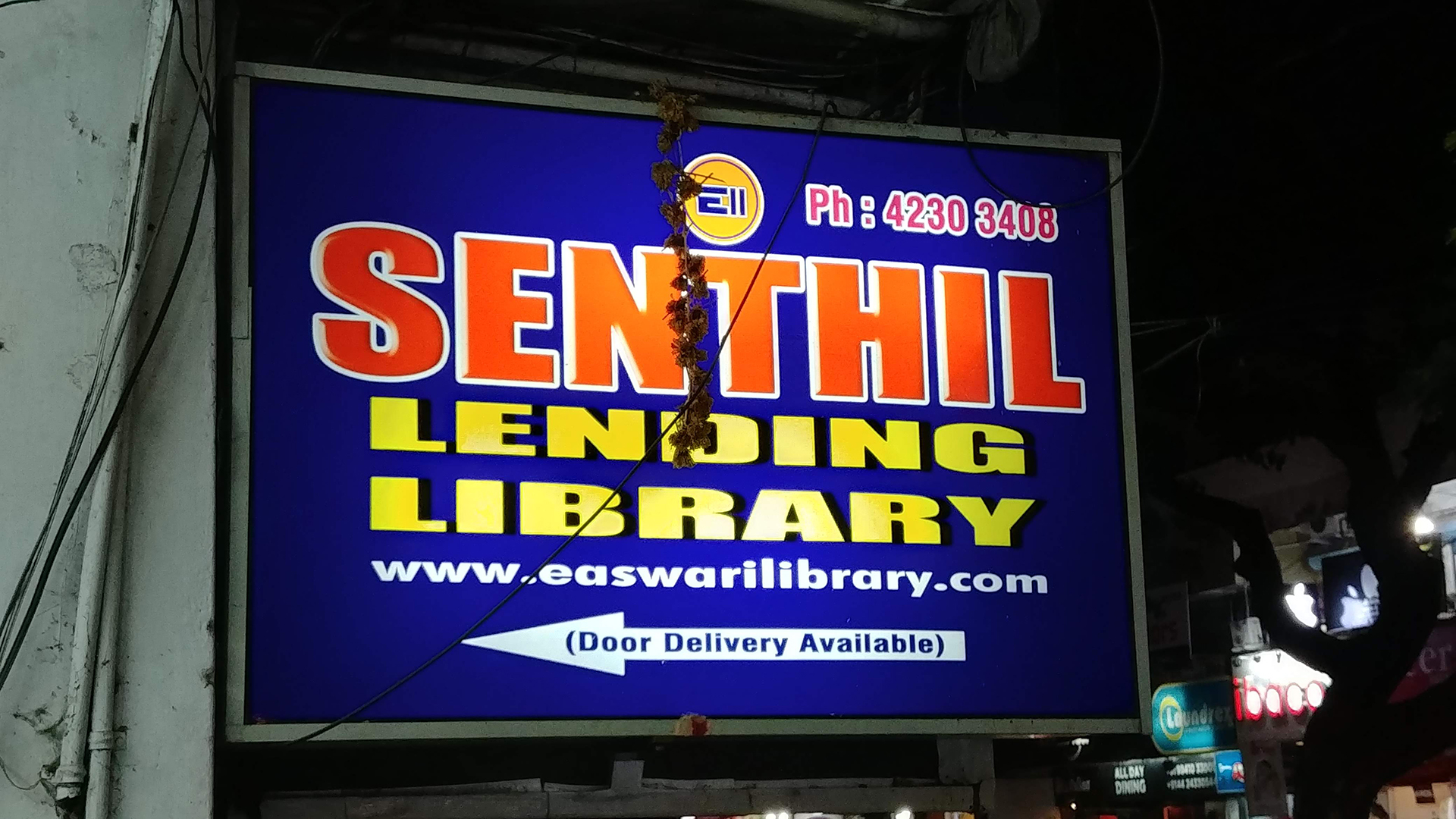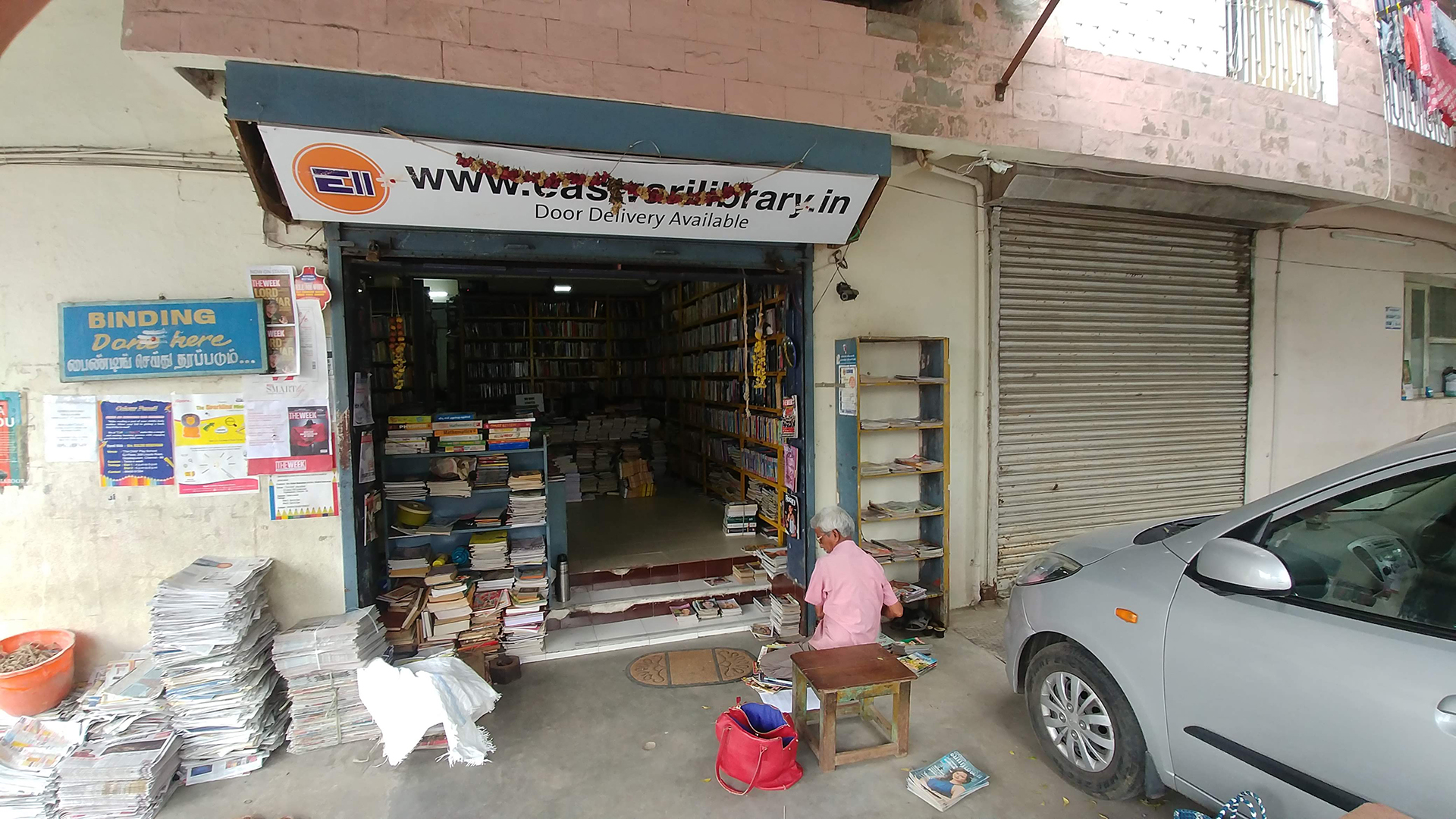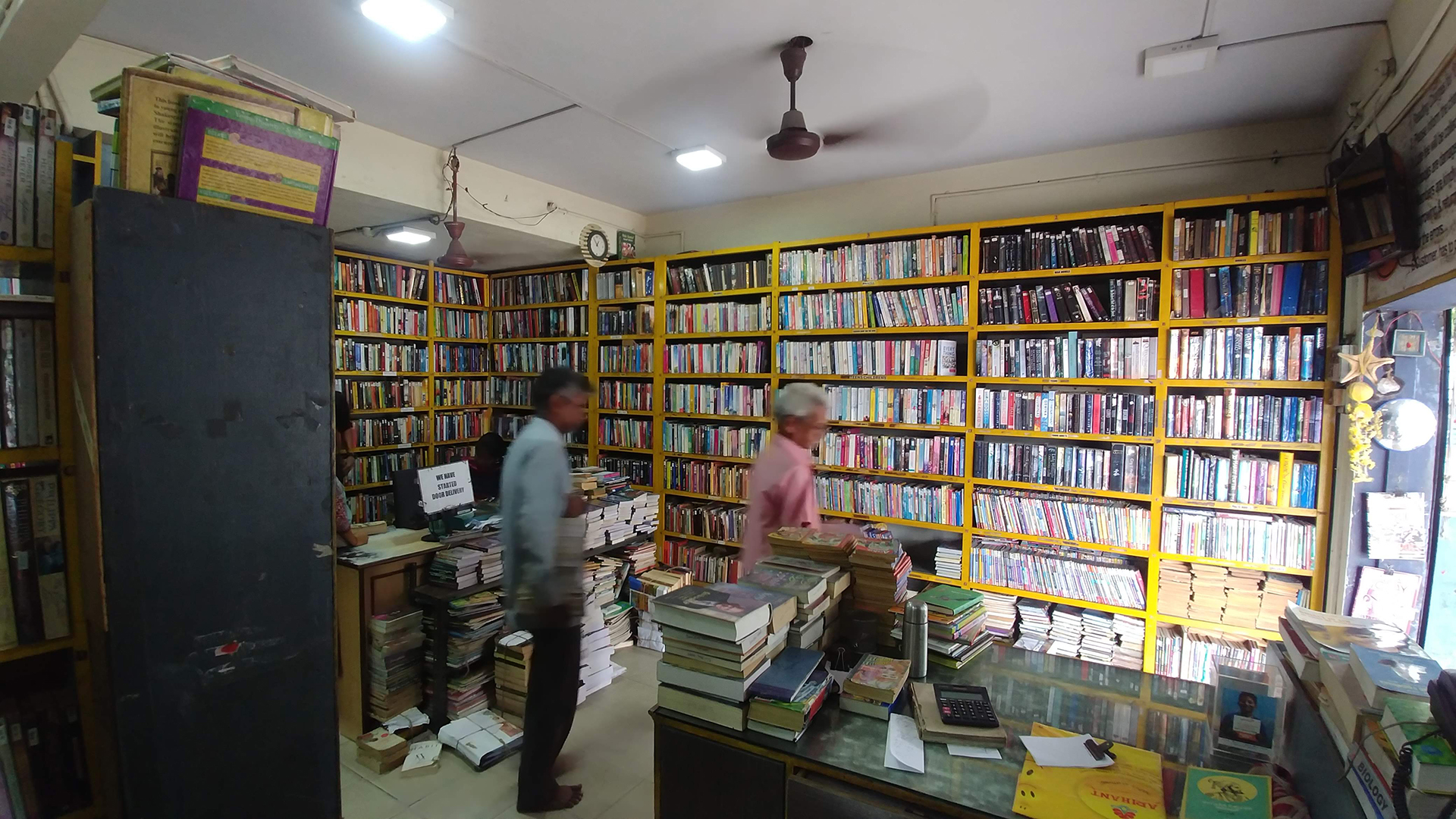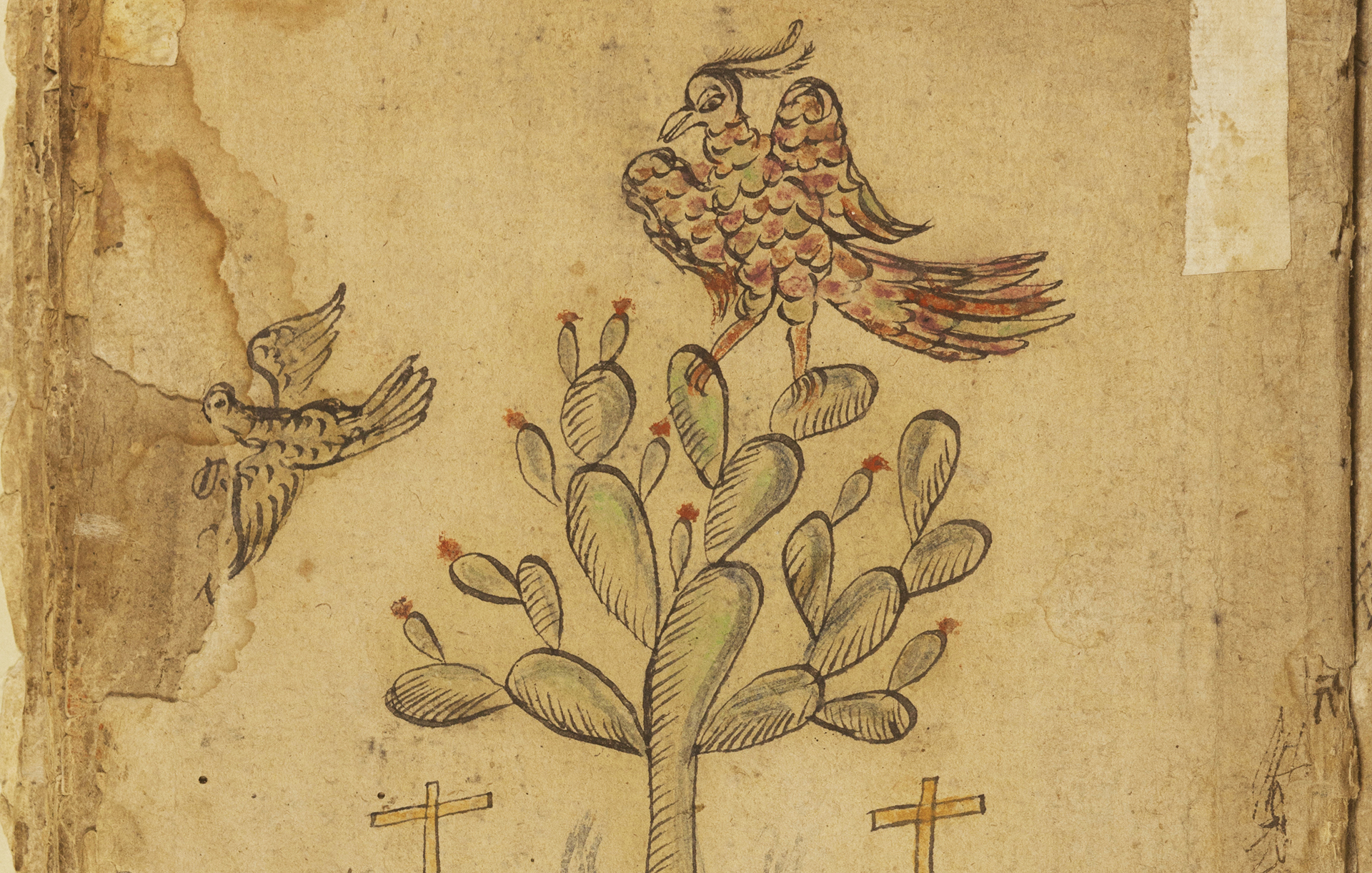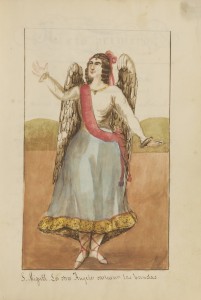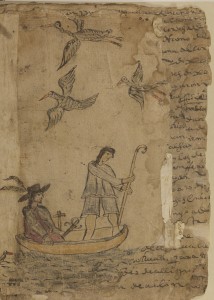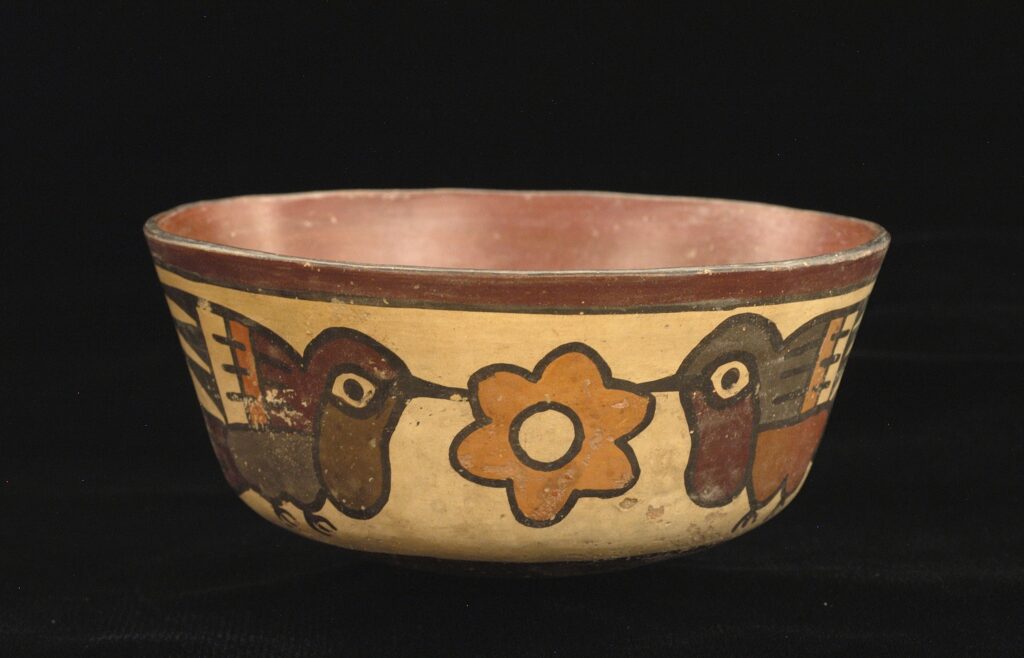
Students in Astrid Runggaldier’s Art and Archaeology of Ancient Peru class were tasked with an intriguing project this spring: take a collection of pre-colonial objects that is, for all intents and purposes, invisible, and make it visible using digital tools. Their efforts have come to fruition with a first-of-its-kind online exhibition titled Ancient Coastal Cultures of Peru: People and Animals at the Edge of the Pacific Ocean.
The objects in question are part of the Art and Art History Collection (AAHC) at The University of Texas at Austin, a collection associated with the Mesoamerica Center and the Department of Art and Art History. Consisting of ancient artifacts, ethnographic materials, and historical objects primarily from the Americas, the collection, curated by Runggaldier, spans approximately 5,000 invaluable objects for research and studious exploration. These rare pieces do not have their own dedicated exhibition space, although since 2017, select objects rotate through the Ancient Americas gallery at the Blanton Museum of Art (see “Mesoamerican Artifacts Highlight Makeover at UT’s Blanton”).
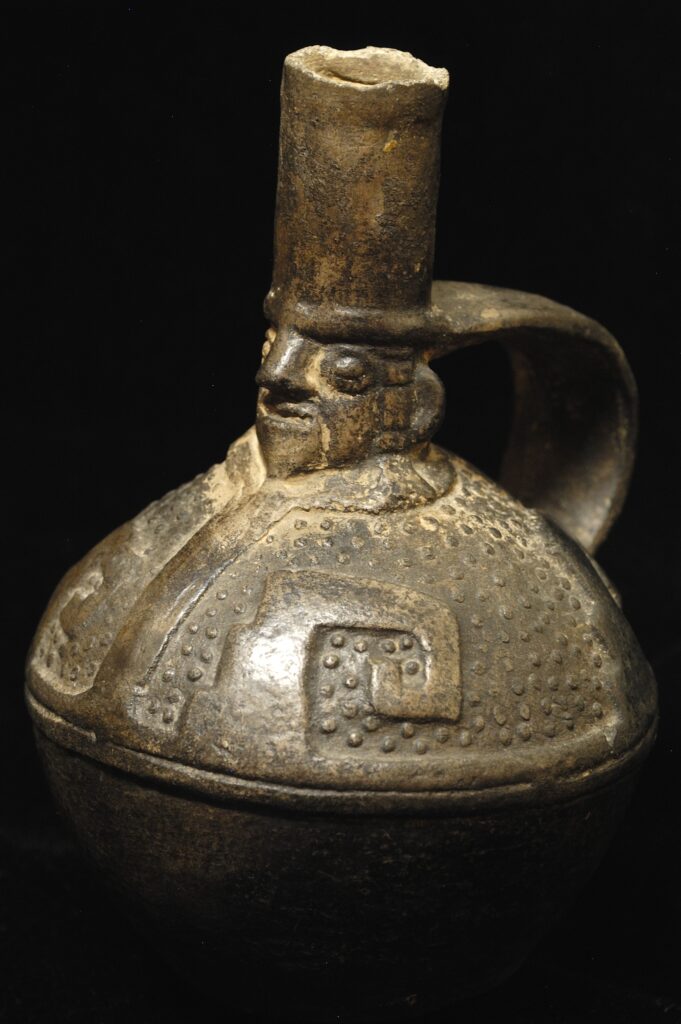
Long focused on the need for a virtual museum to showcase the AAHC collection, Runggaldier looked to the field of digital humanities to devise a project with a few objectives in mind. “Approaching this project from a digital humanities perspective could simultaneously serve in the stewardship of the collection, create an educational resource at UT and beyond, and provide an opportunity for students to become involved in learning goals and tools of digital scholarship, as well as museum studies approaches to collection management and curation,” she said.
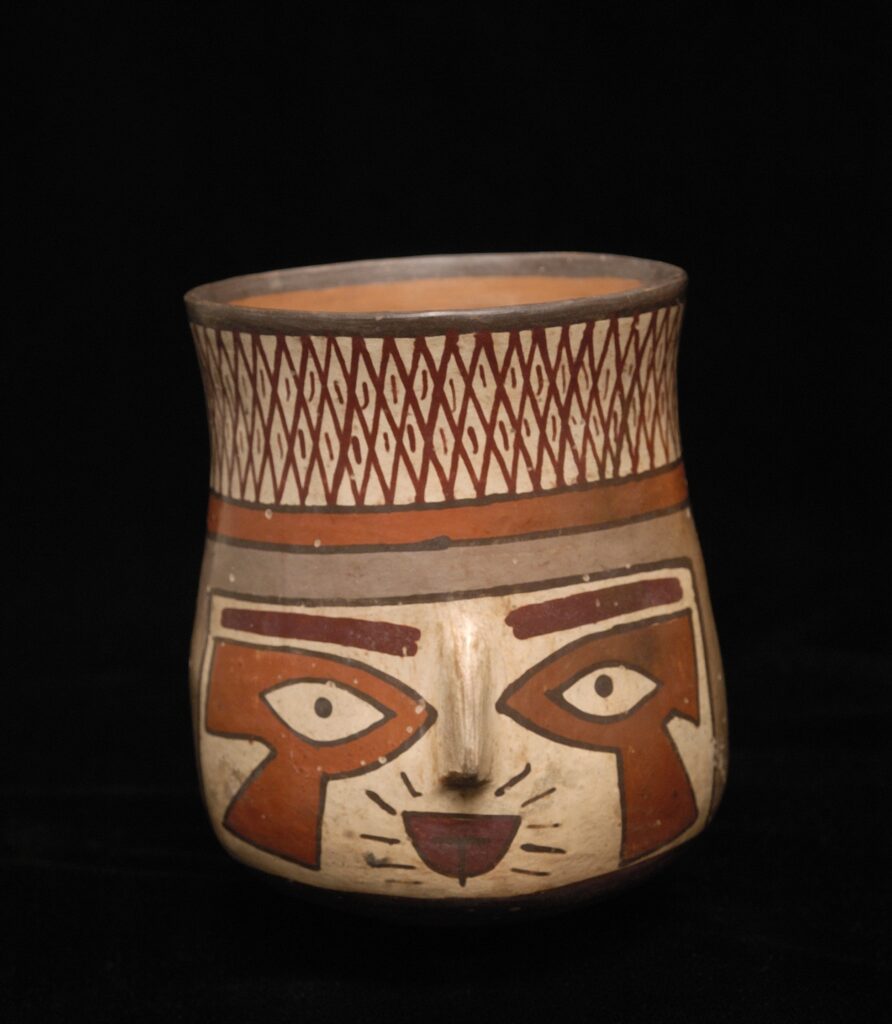
Enter the LLILAS Benson Digital Humanities Curriculum Redesign Award. The award provides UT faculty and graduate student instructors with dedicated staff support by LLILAS Benson digital scholarship staff along with a grant of up to $250 to cover expenses incurred in the design or redesign of a course with Latin American, U.S. Latinx, and/or African Diaspora Studies content. Runggaldier applied and received the award, which she used to redesign the Ancient Peru class. For this endeavor, she has worked with Albert Palacios, LLILAS Benson digital scholarship coordinator.
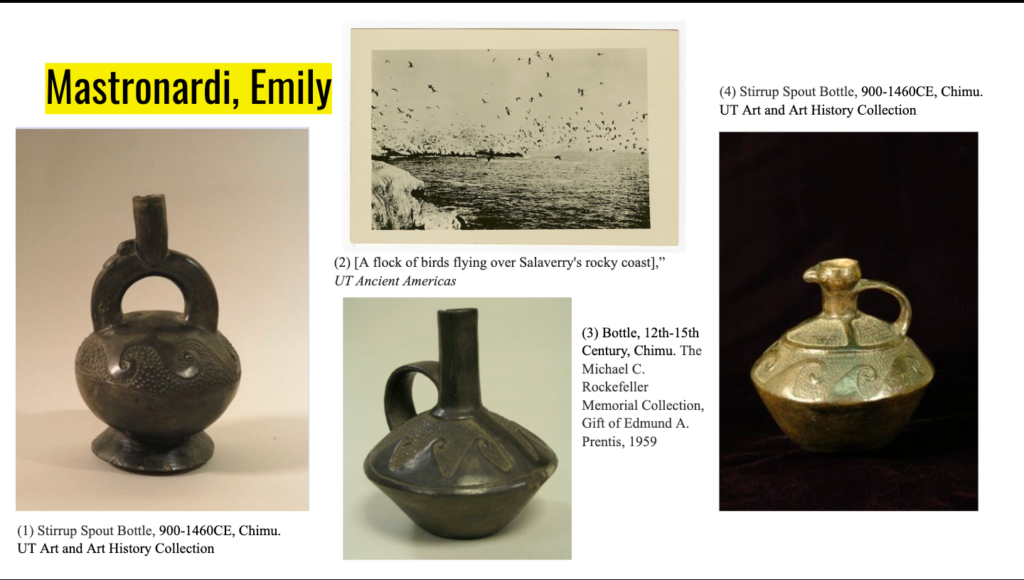
Palacios explains that the goal of the LLILAS Benson Digital Scholarship Office is to “introduce digital humanities principles, methods, and special collections meaningfully and with a critical lens” in the redesign of undergraduate and graduate courses. “Through lectures, class activities, individual assignments and group projects, we aim to strike a balance in the knowledge we impart as co-instructors,” Palacios continues, “so that students leave the course with a well-rounded understanding of the subject matter and course content, as well as information literacy and research methods, basic and more advanced digital skills, and knowledge of ethical issues surrounding collection development and use.”
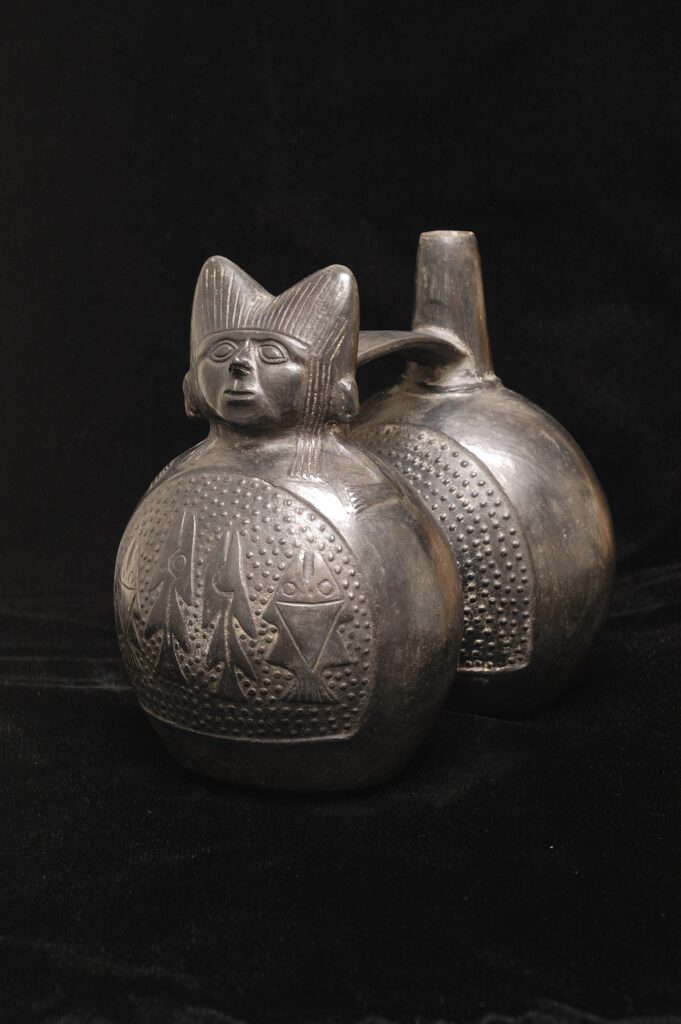
First-year student Miguel Belmonte, a neuroscience major, attests to the success of this aim: Before this course, “I had never used or even known about digital scholarship tools. It was a unique experience.”
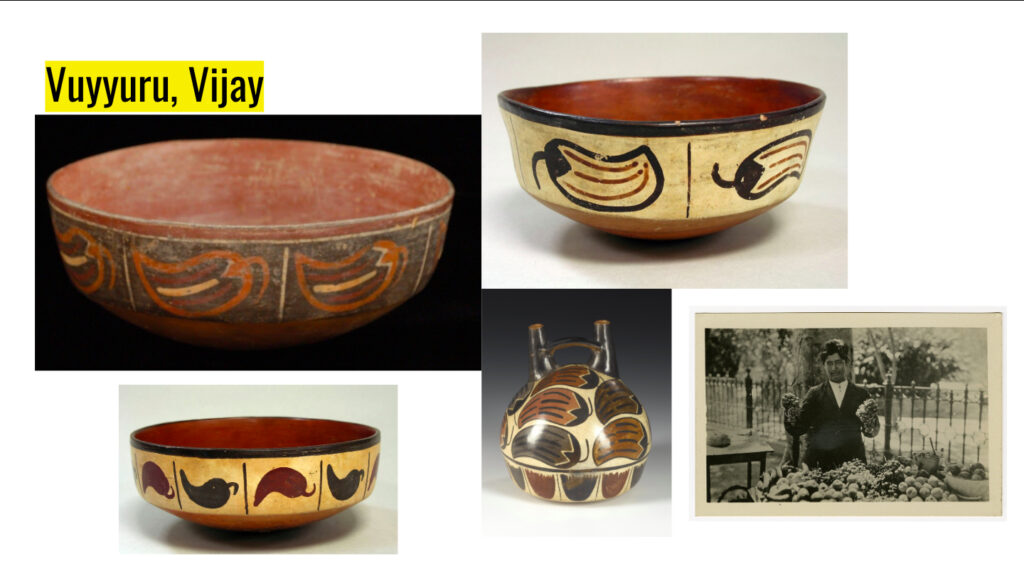
Students were divided into teams of four for the final project. Each team had to research objects in the UT collection from two different pre-colonial Andean groups—the Chimu and the Nasca. They then had to compare the objects they chose to an object from another museum collection. To provide context for visualizing the environments of Peru, Runggaldier selected images from the Benson’s Hispanic Society of America Postcard Collection, which has been digitized, described, and mapped by School of Information graduate student Elizabeth Peattie, who is the LLILAS Benson Digital Scholarship and Special Collections intern. Three other indispensable contributors to the success of this project were Brianna Crockett, collections assistant and Art and Art History undergrad, who assisted in the compilation and description of digital assets; Katy Parker, Humanities Liaison Librarian for Fine Arts, who provided research support for students throughout the semester; and Nicole Payntar, doctoral student in the Department of Anthropology, who designed assignment grading criteria and rubrics for research and digital project components.
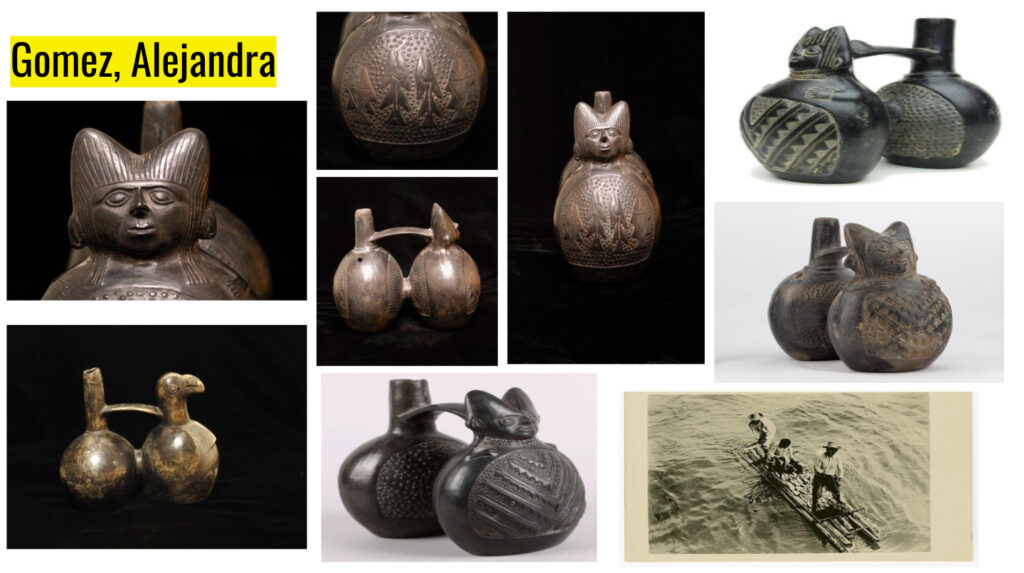
“I truly enjoy seeing the aha! moment in students’ eyes as they figure out how to use open-source digital tools to make their research more dynamic and interconnected,” says Palacios. “For many, the learning curve is steep, so the digital scholarship staff’s role is to help them overcome this. Luckily, we continue to hear that the in-depth and intense experience was worth the challenge!”
Runggaldier and Palacios had originally planned an in-person opening event to celebrate the going live of the online exhibition. Given the current closure of campus due to the covid-19 pandemic, this was not to be. We encourage readers to visit the online exhibition and to share their opinions on social media by tagging @llilasbenson and @UT_AAH and using the hashtag #digitalhumanities.
________________________________________________
More information: Contact Lauren Macknight, Art and Art History, or Susanna Sharpe, LLILAS Benson Latin American Studies and Collections

